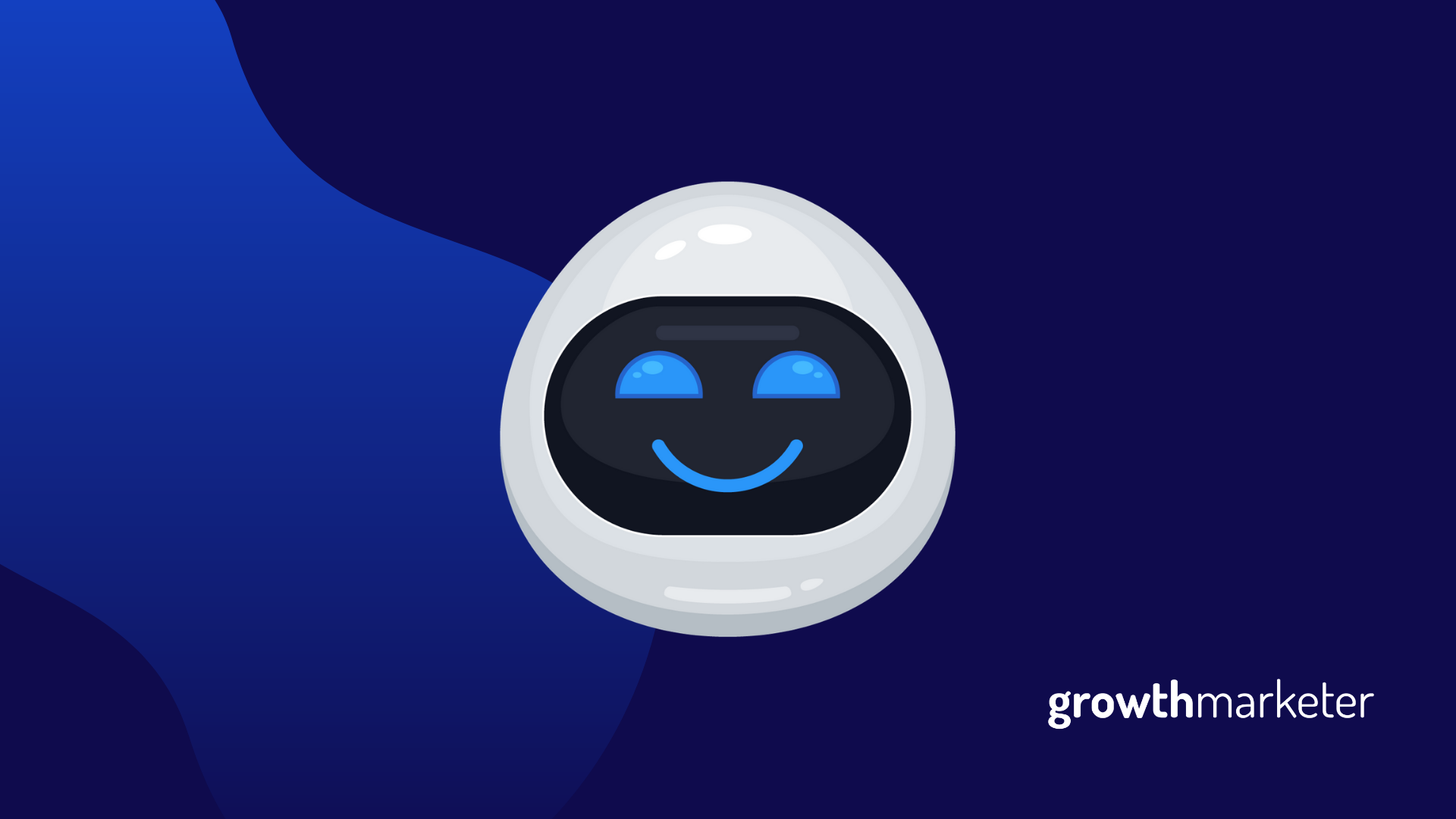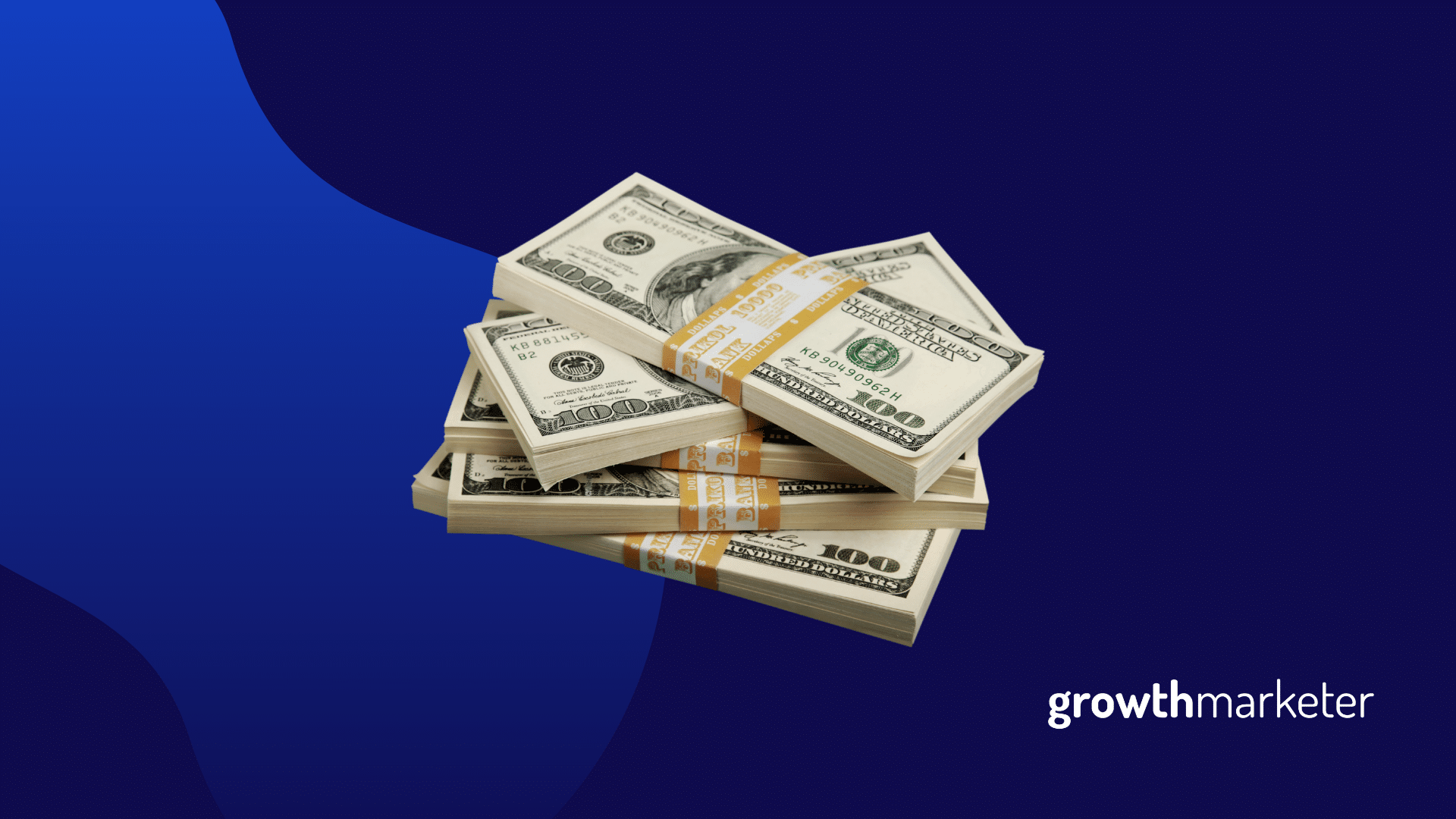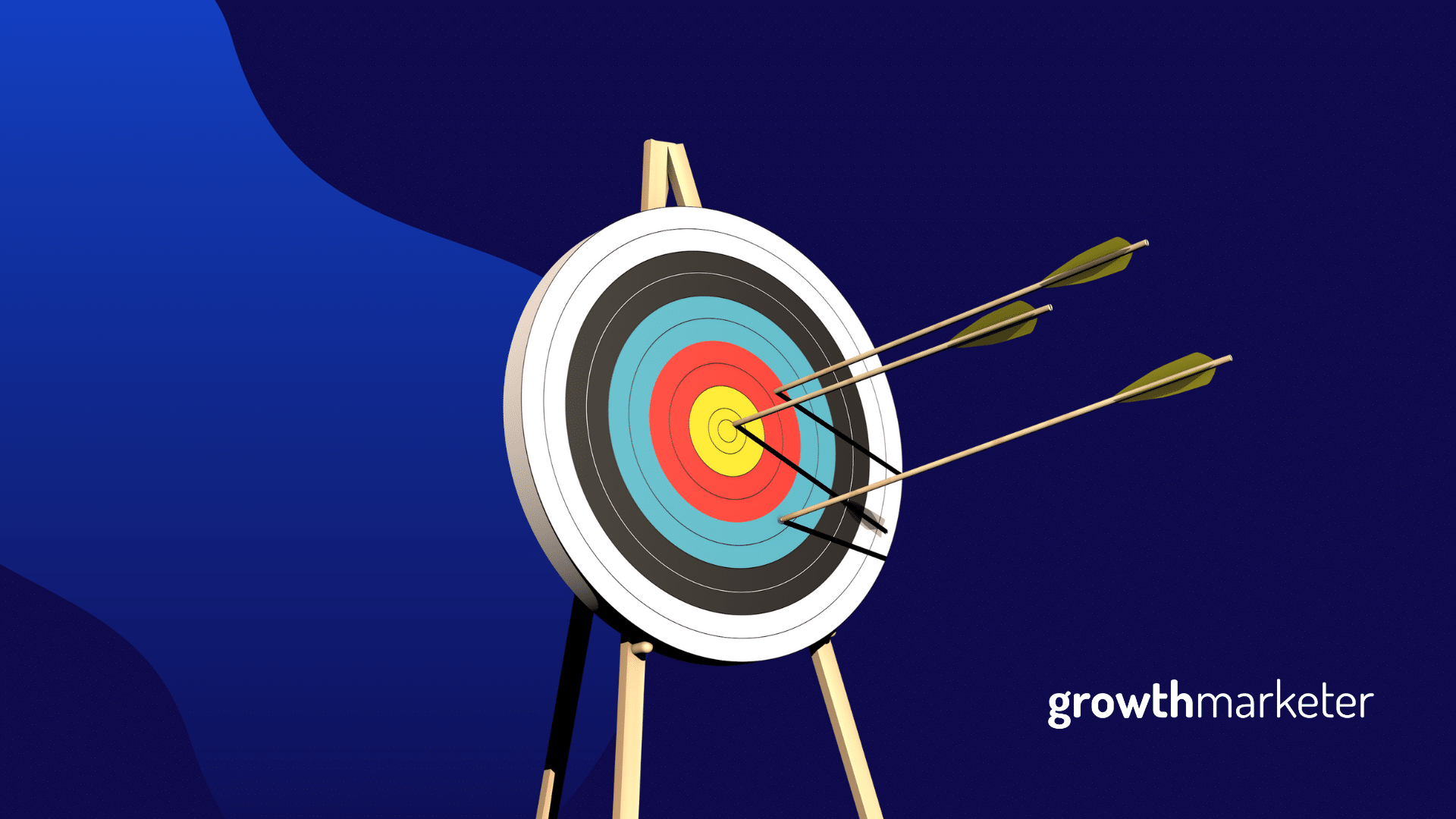What an exciting time to be a marketer. In the past few years, we’ve seen the increasing popularity of machine learning and artificial intelligence (AI). These technologies have already made a huge impact on the work that marketers are doing, and we’re still very early in this era.
Whether you’re already deeply familiar with the convergence of AI and marketing, or whether you’re trying to learn more about it for the first time, this article will cover all the basics you need to know to stay on the cutting edge.
More specifically, I’ll review what I consider to be the 3 most important areas of this digital transformation, which are: AI-Powered Copywriting, AI-Powered A/B Testing, and AI-Powered Optimization Recommendations.
Let’s start with what I would argue is the more extreme and impactful area of all: copywriting.
AI-Powered Copywriting
Of the 3 areas I want to cover, this is the one that I am most optimistic about. Copywriting is a very antiquated profession—no offense to any copywriters reading this. Maybe I’ve just worked with the wrong folks over the years. 😒
I have found it to be filled with folks who don’t know as much as they claim, charge way too much money, and deliver work at a snail’s pace.
All that is changing thanks to the AI-powered copywriting tools such as Conversion.ai, Copysmith, CopyAI, Snazzy AI, Writesonic, and many others.
They harness the power of something called GPT-3 to reenvision how copy is written. And what is GPT-3 you ask? Without getting too technical, here’s an explanation from the folks at VWO:
GPT-3 (Generative Pre-trained Transformer 3) is a neural-network powered AI that can produce nearly flawless text relevant to the given context. Built by OpenAI, a San Francisco-based research lab, GPT-3 is a third-generation powerful language generator that uses machine learning to predict and produce text, almost like a human.
VWO

If that explanation has you confused, don’t worry. That is as techy as we’re going to get in this article. And frankly, you can still get a ton of value from the tools I’ll be showcasing below without understanding the science behind them.
Of all the AI-powered copywriting tools on the market, however, my favorite one by far is Conversion.ai. It just seems to have far better outputs than all the other similar products I’ve tested.
Here’s a quick example of just how good Conversion.ai is compared to some of their competitors…
Let’s say I want to write some short ad copy about a new weight loss program. Let’s say it’s about doing a 7-day sugar detox.
Here’s a side-by-side comparison of what Conversion.ai churned out vs. one of the other big players in the AI-powered copywriting space (which we’ll leave unnamed for now):
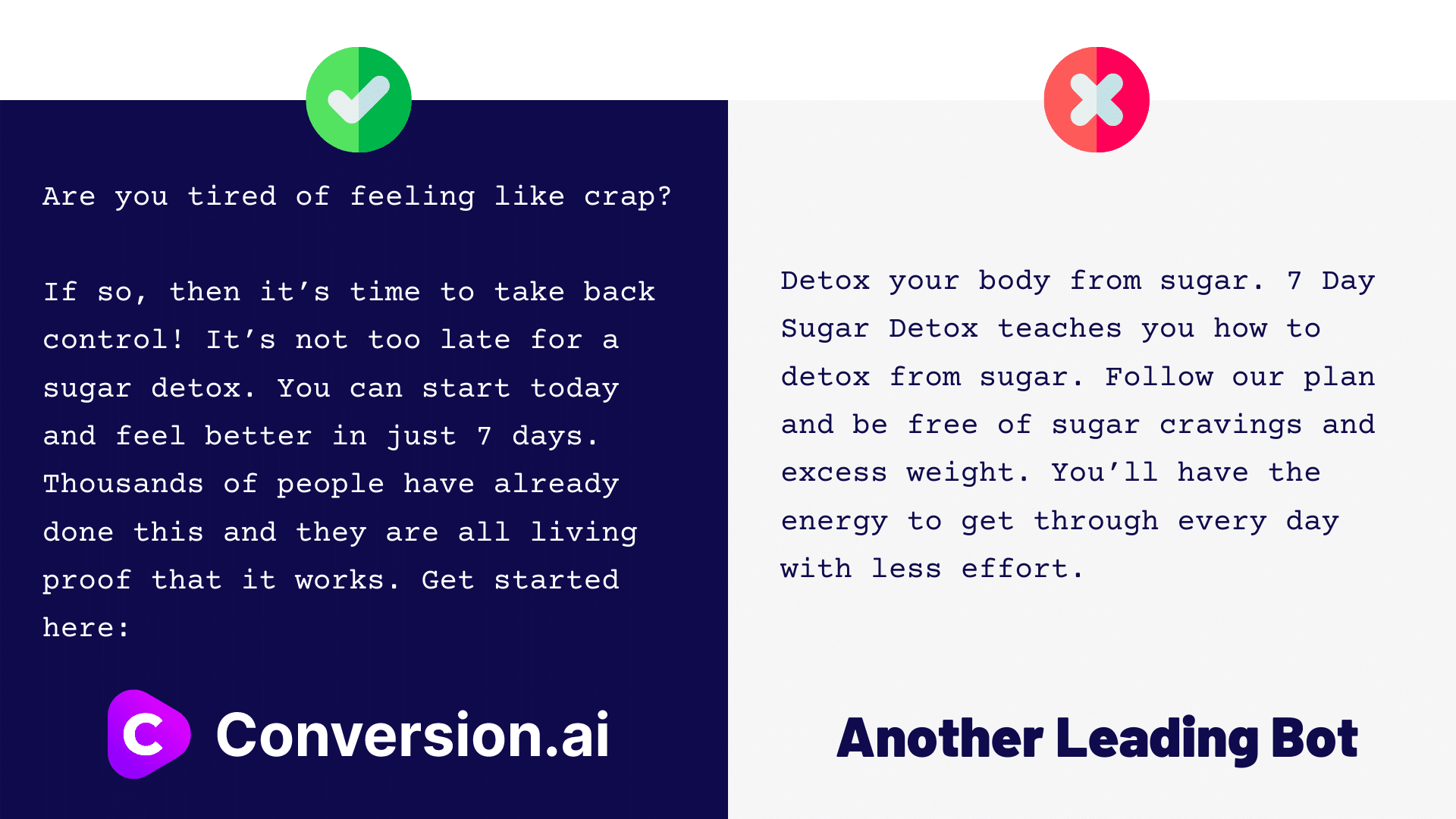
I don’t know about you, but it seems like Conversion.ai’s output has a much more natural and conversational feel. This has been my experience time and time again as I’ve tested over a dozen copywriting tools.
Nothing else comes close to Conversion.ai. But don’t take my word for it—give it a try yourself.
As a special treat, I’ve partnered with the folks at Conversion.ai to get you a BONUS 10,000 words free when you give it a spin using this special link.
Let me know how it goes when you try it out!
AI-Powered A/B Testing
Another area that artificial intelligence has been influencing is the world of conversion optimization. The concept of A/B testing may be familiar to you, but did you know that marketing robots can actually help you get even more value from every experiment you run?
One specific use case is seen in a relatively new offering called Smart Traffic from Unbounce, the popular landing page builder that I’ve covered in detail in other articles on the blog.
What is Smart Traffic? Here’s how Unbounce explains it:
Smart Traffic is an AI-powered algorithm that matches visitors to the variant they’re most likely to convert on. Using contextual multi-armed bandit theory, Smart Traffic eliminates a “one-page-fits-all” approach to conversion optimization by delivering the most relevant content to each visitor. It automatically analyzes and learns from a visitor’s attributes (including their location and device, among other attributes) to send them to the variant where they’re most likely to convert. It never stops learning and adjusting, always working on getting you the highest conversion rate possible.
Unbounce
Basically, it is A/B testing on steroids. You’re not leaving your tests up to change anymore. And that is all because of machine learning and AI. 🤩
Does it work though? Yes! Here’s an example of one of our own Unbounce pages that we deployed Smart Traffic on:
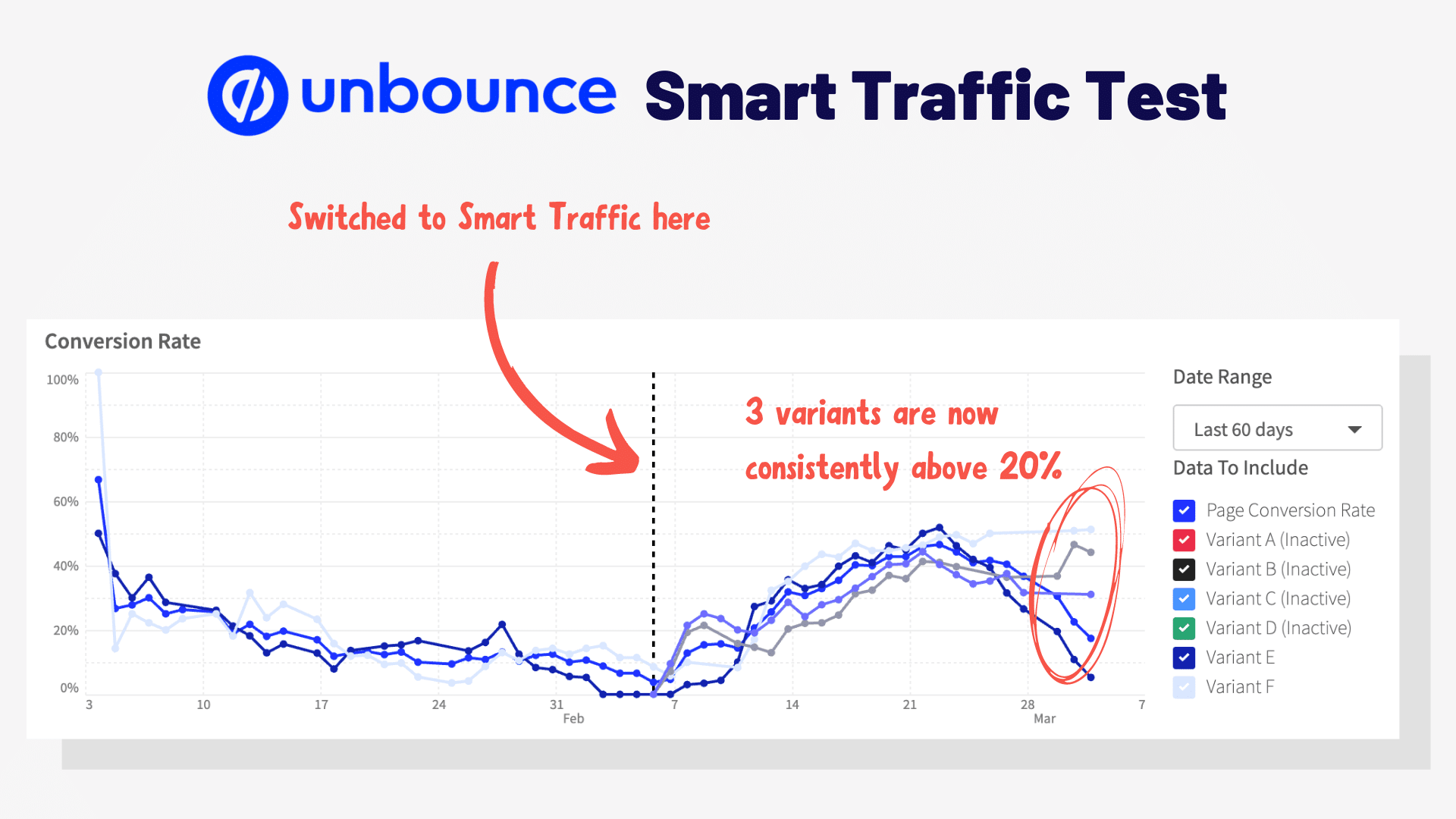
These results are not uncommon either. According to Unbounce, pages using Smart Traffic see an average conversion lift of 30%!
Whether or not you’re using Smart Traffic or some other AI-powered conversion optimization tool, the data clearly shows that when deployed correctly, marketing robots can help you convert more of your site visitors into leads and customers.
Oh, and if you want to give Smart Traffic a try—and the entire Unbounce landing page platform for that matter—you can get a free 14-day trial and save 20% off your first 3 months after that if you use this special partner link here.
So give Unbounce (and Smart Traffic) a try for yourself and watch those conversions rise!
AI-Powered Optimization Recommendations
Finally, the third area that is being impacted by AI is recommendation algorithms.
If you use Google Ads, you’ve probably already seen something like this:
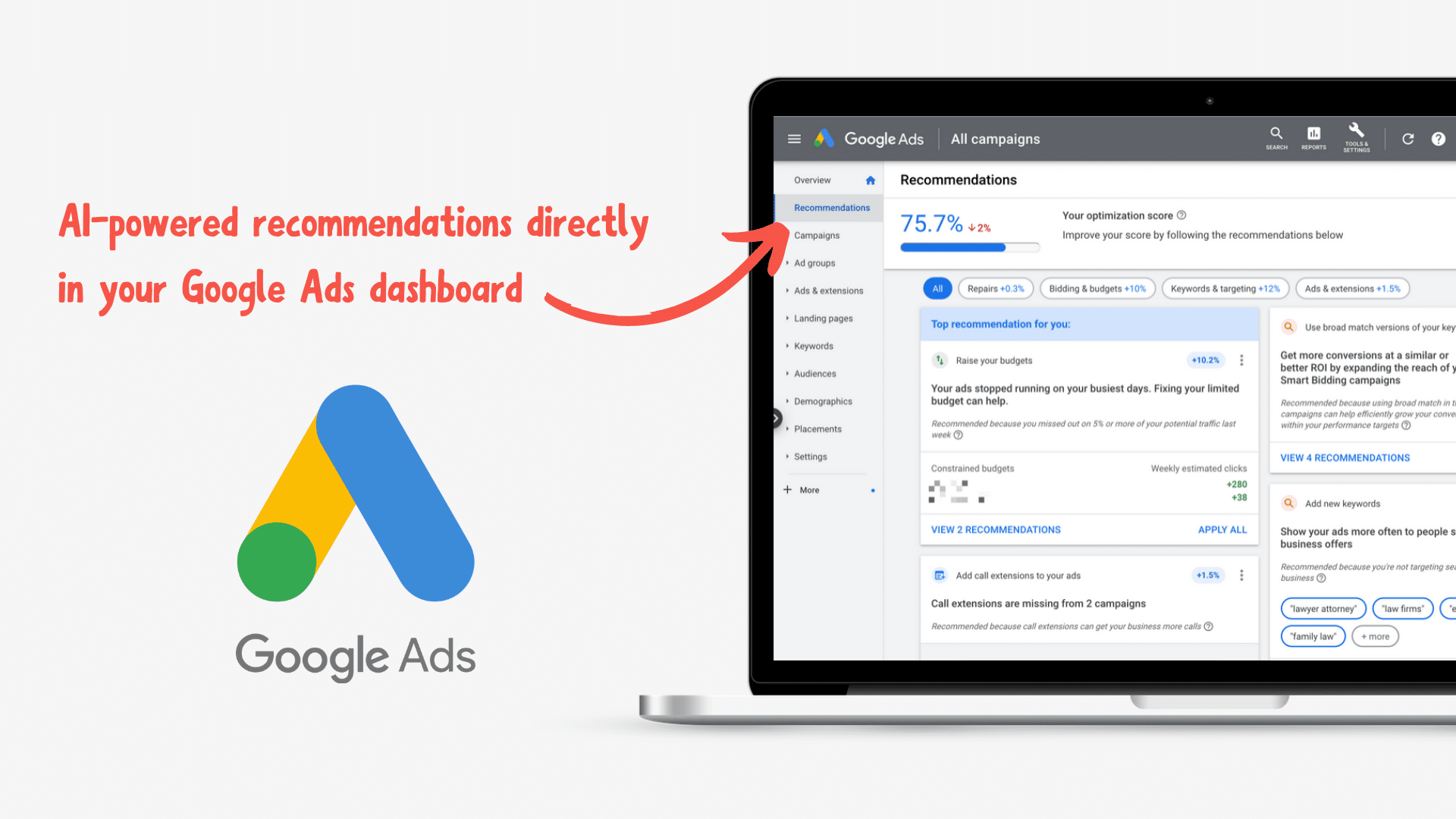
These algorithms crunch massive amounts of data from your account and other accounts and then surface actionable insights that you might not have otherwise found.
While Google Ads is probably the most useful marketing use case for these types of insights, they certainly aren’t the only ones using it.
Facebook Ads, Google Analytics, and several third-party solutions such as Jepto and Morphio are all doing some amazing things with AI-powered recommendations and optimization tips.
Are all of the tips good? No, but they are certainly interesting at times and more than once I found myself thinking, “wow, I would have never thought to test that!”
So, are we all getting replaced by marketing robots?
No, don’t worry. If you work in marketing, you’re not going to be replaced by AI any time soon. There will still be a vital role for us humans to play.
The way I like to think about it is that these AI-powered marketing tools are sort of like night-vision goggles.

They will equip marketers with new visibility into things they may not have otherwise been able to see. But on their own, the goggles—and these robot marketing tools—aren’t going to do all the heavy lifting without someone behind them running point on strategy and execution.
I encourage you to begin embracing these kinds of tools. Look at them as newfound superpowers in your marketing toolbox and make the best of them. If you do that, you’ll be way ahead of the curve!
